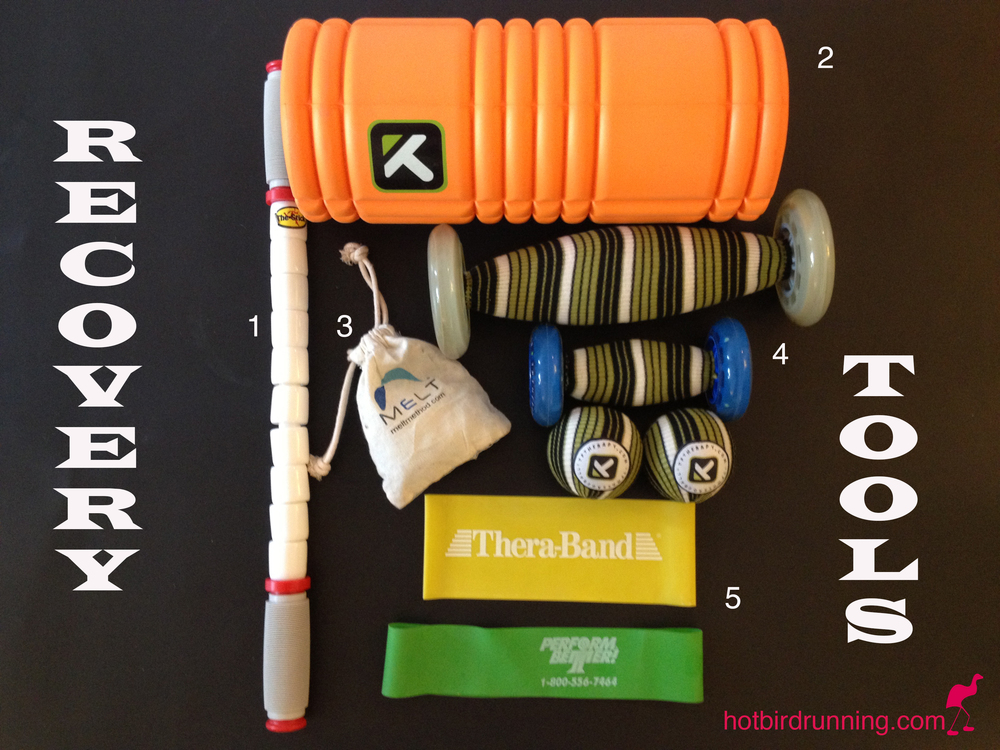The fall marathon season is almost over and many of you are probably wondering, what do I do now? You dedicate so much time and energy into that one day and when it's over, it's hard to not feel as if something is missing from your schedule. We've been there too. We've felt restless, lazy and directionless. I know, it sounds dramatic, but recognizing how you feel will help you recover. It's essential that you give yourself and your body adequate time to recover after a marathon. One easy rule of thumb is one day of rest for every mile you ran, so 26 days rest days. This doesn't mean you don't do anything, it means that you give yourself a break from any intense workouts for 26 days (think speed work or races).
We break it down into 4 weeks. The first week, no running. This doesn't mean become a couch potato. Instead, exercise but keep the intensity at an easy level. We enjoy yoga, walking, a bike ride, an easy spin class and active recovery classes. The second week, do a 3-4 mile run on the weekend and continue with yoga, Pilates or a moderately intense spin class during the week. The third week, add in some running, but keep it to a conversational pace. Run 4-6 miles on the weekend. The fourth week, run 2-3xat a conversational pace and then add in some intensity during the weekend run. If you feel good during that run, you are recovered and can start planning your next race. If your heart rate is high and you are out of breath, take a few more days. Recovery is a vital part of training and, if done correctly, will help you come back as stronger or stronger than your previous performance.



